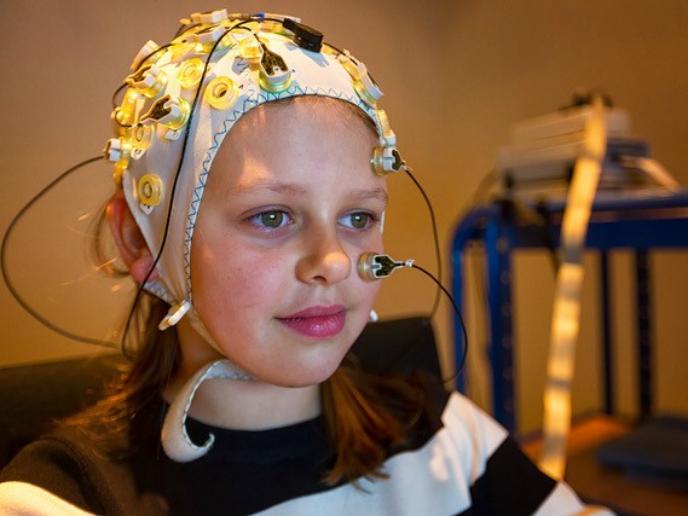EU research spreads the word on optimal language education for deaf bilinguals
Bilinguals activate words from both languages when listening, reading or speaking in one language. This so-called cross-language activation is taken to be a typical feature of bilingual language processing. Scientists with the EU-funded BiBiCrossLang project compared cross-language activation in bilinguals of two spoken languages (unimodal bilinguals) and deaf and hearing bilinguals of a spoken language and a sign language (bimodal bilinguals). ‘Specifically, the aim was to investigate how bilingual language use and language control is shaped by articulatory and perceptual competition between the two languages,’ explains Marcel Giezen, postdoctoral researcher with the project. Furthermore, by looking at deaf as well as hearing signers, the studies aimed to significantly advance bilingual approaches to language acquisition and processing in deaf readers. Common processing for sign and spoken languages Experiments included the use of a novel visual world eye-tracking paradigm with printed words and combinations of signs and auditory words. A hitch with the malfunction of the system used for testing away from the lab made it necessary to organise another tracker and reschedule tests. Despite best efforts, some time, and therefore data, was lost but kept to a minimum. ‘Flexible project management is therefore a key requirement of projects that involve unique participant populations,’ remarks Giezen. The studies overall confirmed that certain hallmark aspects of bilingual processing, in particular activation of both languages while speaking, listening or reading in one language, are also observed in bilinguals of a spoken language and a sign language. This demonstrates dynamic interaction between the two languages even when one of them is perceived by eye rather than the ear, and produced with the hands rather than the mouth. Moreover, these similarities are not only seen in hearing signers, but also in deaf signers when they are reading words or signing. The debate: Implications for education of deaf children There is an ongoing controversy whether all deaf children should learn sign language or if efforts should focus on reading and writing. The advent of more sophisticated cochlear implants has added another complicating dimension to the debate. However, although sound is introduced into the world of a deaf child, it is still inferior to the input perceived in the ‘normal’ human ear. Moreover, when children with cochlear implants are integrated into regular education, they may receive little exposure to sign language at school or at home – some 90 % of deaf children have hearing parents. Particularly significant, one of the studies demonstrated that when hearing adult signers perceive a word and sign at the same time, they recognise the words more quickly than without the signs. Giezen comments on the influence that BiBiCrossLang project data could have on helping to resolve the choice of educational pathways that deaf children could take for the best results. ‘In view of our outcomes, it is difficult to reconcile with the idea that use or exposure to a sign language would hinder or prevent successful acquisition of a spoken/written language by deaf individuals.’ The future for bilingual deaf language acquisition During the course of the fellowship, BiBiCrossLang in collaboration with another researcher obtained funds to support a research project on lexical and sentence processing in Spanish Sign Language. The grant was used to hire a deaf research assistant which supports Giezen’s vision for research progress in his field. ‘We strongly believe that the involvement of deaf researchers is critical for sign language research and for enhancing the visibility of deaf researchers in Spain and globally.’
Keywords
BiBiCrossLang, education, deaf bilinguals, bilingual, cross-language activation







